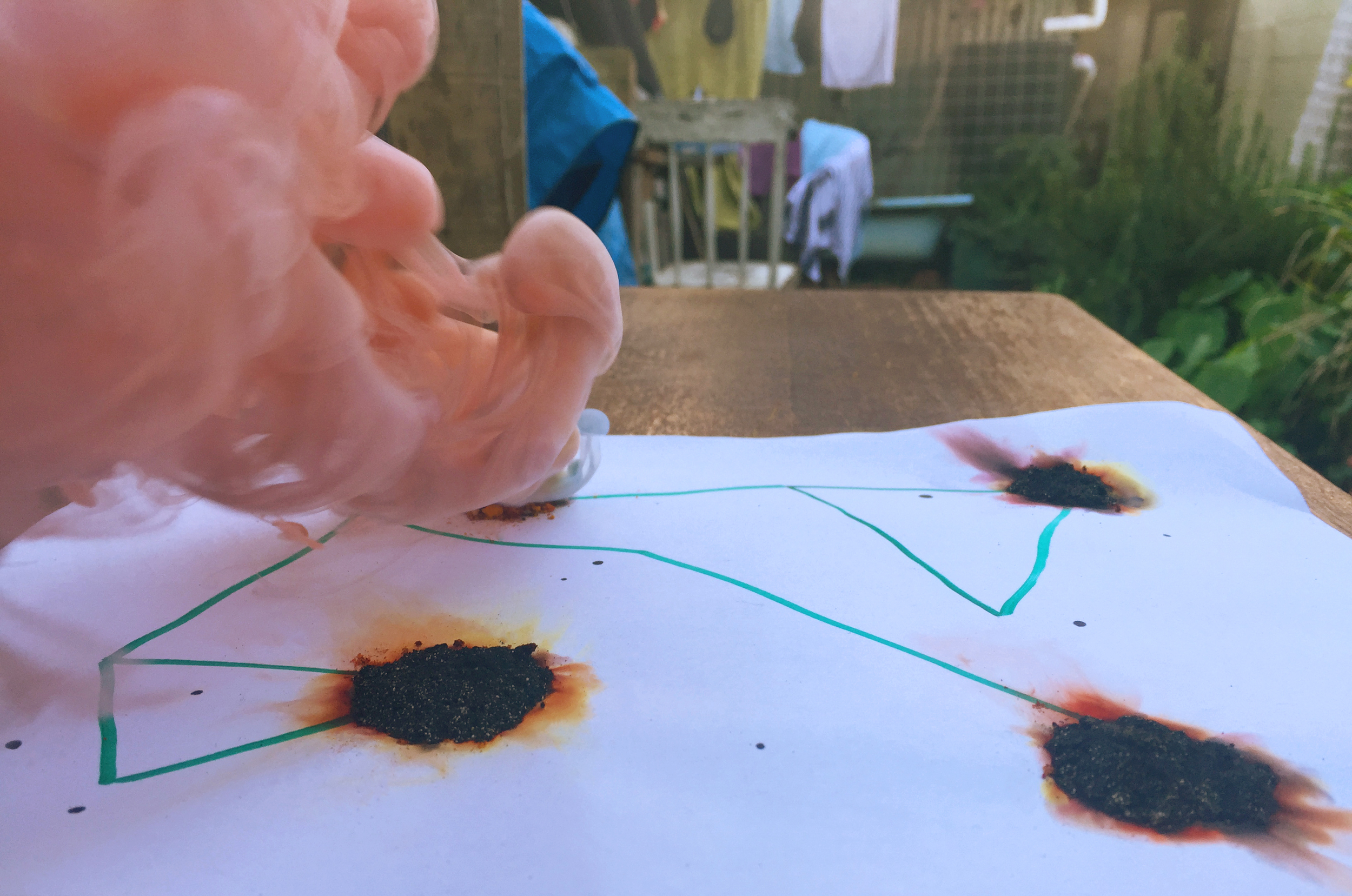Of the 200-400 billion stars in our galaxy, only 9096 are visible to us at night.
In the depths of a vault in a mountainside in Switzerland lays a cosmos of coordinates for billions of as yet unnamed, invisible stars.
The International Star Registry offers a naming service for the invisible bulk of stars that constitute our galaxy. Most of them are small burning ember Red Dwarf stars, unremarkable to science and unseen by most. Red Dwarfs are slow burning, likely the last beacons left in the universe after around 10 trillion years.
I lost about two weeks of my life trawling this archive for the names of stars that may yield a glimpse of a narrative, a hyperbolic hollering into space, or reveal a sense of the suburban sublime: an attempt to connect with the magnitude of space and the unfathomable depth of tangled emotions- longing, love, regret. The names aren’t used by astronomers, who mostly use a bland formula of letters and numbers that parsimoniously describe the physical attributes and relative location of the star, but they do exist in the vault, and in the hands of the purchaser.
Over the last nine months I’ve been looking closer that some of these stars, to see them as both a lover and astronomer. Performing poetry and spectral analysis to know them, to recreate their colour signature in smoke, and gaze at them again.
My interests are in both the fruits of knowledge that spectral analysis can deliver, such as the elemental composition of the star, but also the modes of finding a sense of ownership in the vastness of space and comfort with our place in it; via the internet; via the experience of emotion; via a naming certificate sent express from the International Star Registry (they have offices throughout the world).
The romance of naming a star exists partly in the universe, partly in a vault in Switzerland, but mostly in the imagination.
Let’s gaze at them.


